-
 Bitcoin
Bitcoin $115000
0.12% -
 Ethereum
Ethereum $3701
4.50% -
 XRP
XRP $3.081
2.99% -
 Tether USDt
Tether USDt $0.0000
-0.01% -
 BNB
BNB $767.9
1.45% -
 Solana
Solana $169.5
3.13% -
 USDC
USDC $0.9999
0.01% -
 Dogecoin
Dogecoin $0.2106
4.30% -
 TRON
TRON $0.3334
1.62% -
 Cardano
Cardano $0.7564
2.54% -
 Stellar
Stellar $0.4165
0.76% -
 Hyperliquid
Hyperliquid $38.75
0.25% -
 Sui
Sui $3.593
3.00% -
 Chainlink
Chainlink $17.08
3.59% -
 Bitcoin Cash
Bitcoin Cash $573.6
4.35% -
 Hedera
Hedera $0.2508
-0.84% -
 Avalanche
Avalanche $23.07
6.46% -
 Ethena USDe
Ethena USDe $1.001
-0.02% -
 Litecoin
Litecoin $120.8
8.17% -
 UNUS SED LEO
UNUS SED LEO $8.943
-0.32% -
 Toncoin
Toncoin $3.400
-5.60% -
 Shiba Inu
Shiba Inu $0.00001255
1.54% -
 Uniswap
Uniswap $9.908
6.32% -
 Polkadot
Polkadot $3.718
2.10% -
 Monero
Monero $303.0
-0.74% -
 Dai
Dai $0.9999
-0.02% -
 Bitget Token
Bitget Token $4.392
0.91% -
 Cronos
Cronos $0.1403
6.31% -
 Pepe
Pepe $0.00001076
1.13% -
 Aave
Aave $267.2
1.80%
How does the burn mechanism affect the price of MetFi (METFI) coins?
The burn mechanism, which involves permanently removing tokens from circulation, aims to reduce the supply of MetFi (METFI) coins and foster price appreciation over the long term.
Jan 02, 2025 at 05:52 pm
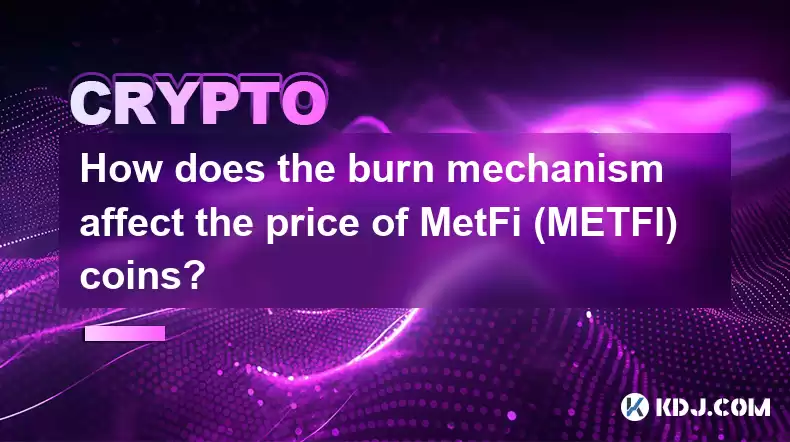
Key Points:
- Understanding the Burn Mechanism and Token Economics
- Types of Burn Mechanisms and Their Impact on Supply
- Long-Term Effects of Burn Mechanisms on METFI's Price
- Forecasting the Price Movement Using Burn Rate Data
- Monitoring and Analyzing METFI Burn Events
How Does the Burn Mechanism Affect the Price of MetFi (METFI) Coins?
1. Understanding the Burn Mechanism and Token Economics
The burn mechanism is a process where a predetermined amount of tokens is permanently removed from circulation, reducing the total supply. This is typically done by sending the tokens to an unspendable address or blockchain address. It aims to increase token scarcity and thus drive up the price. MetFi employs a burn mechanism as part of its token economics, which sets aside a portion of transaction fees for token burning.
2. Types of Burn Mechanisms and Their Impact on Supply
MetFi utilizes a dynamic burn mechanism. This adaptive approach varies the burn rate based on trading volume and other factors. Higher trading activity results in a higher burn rate, reducing the supply more aggressively. This mechanism maintains a balance between token supply and demand, fostering price stability.
3. Long-Term Effects of Burn Mechanisms on METFI's Price
The long-term impact of burn mechanisms on price depends on the burn rate and adoption. A consistent and substantial burn rate reduces the circulating supply, potentially driving up the price. However, this effect is also influenced by factors such as adoption, community growth, and market sentiment.
4. Forecasting the Price Movement Using Burn Rate Data
Analyzing the burn rate can provide insights into the potential price trajectory of METFI. By tracking the number of tokens burned relative to the total supply, investors can estimate the potential impact on scarcity and price. A higher burn rate suggests a higher demand for tokens, which could support price increases.
5. Monitoring and Analyzing METFI Burn Events
MetFi regularly conducts burn events, typically announced beforehand. These events are characterized by large-scale token burns, removing a significant portion of the supply from circulation. Investors should closely monitor these events and evaluate their impact on the market, as they can trigger price fluctuations.
FAQs Related to METFI Token Burn:
What is the current burn rate of METFI tokens?
- The burn rate varies dynamically based on trading volume, but a significant portion of transaction fees is typically allocated to burning.
How frequently are METFI burn events conducted?
- METFI burns are conducted on a regular schedule, typically once or twice per month.
What is the long-term target for the burn mechanism?
- The goal of the burn mechanism is to gradually reduce the total supply of METFI tokens, increasing scarcity and supporting price stability.
How can I participate in a METFI burn event?
- Users can typically participate by holding METFI tokens in supported wallets or through designated burn mechanisms.
What are the potential risks of the METFI burn mechanism?
- The effectiveness of the burn mechanism is dependent on factors such as adoption, market conditions, and community support.
Disclaimer:info@kdj.com
The information provided is not trading advice. kdj.com does not assume any responsibility for any investments made based on the information provided in this article. Cryptocurrencies are highly volatile and it is highly recommended that you invest with caution after thorough research!
If you believe that the content used on this website infringes your copyright, please contact us immediately (info@kdj.com) and we will delete it promptly.
- Velo Universe, DEX, and DeFi Security: Navigating the Future of Decentralized Trading
- 2025-08-05 09:25:13
- Bitget Wallet Revolutionizes Solana with Gas-Free Transactions: A New Era for DeFi
- 2025-08-05 09:25:13
- Ozak AI, Crypto Boom, and ROI Potential: Is This the Next Big Thing?
- 2025-08-05 09:25:24
- Solana's ETF Hopes & the All-Time High Chase: Is SOL Set to Soar?
- 2025-08-05 09:25:24
- Coinbase's Brian Armstrong and the Art of Focused Work: A Deep Dive
- 2025-08-05 09:25:30
- Uniswap Price Prediction: Bullish Reversal on the Horizon?
- 2025-08-05 09:25:30
Related knowledge
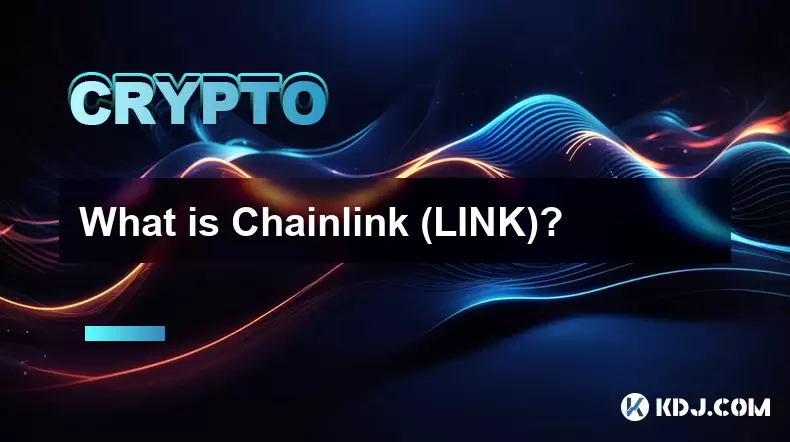
What is Chainlink (LINK)?
Jul 22,2025 at 02:14am
Understanding Chainlink (LINK): The Decentralized Oracle NetworkChainlink is a decentralized oracle network designed to bridge the gap between blockch...
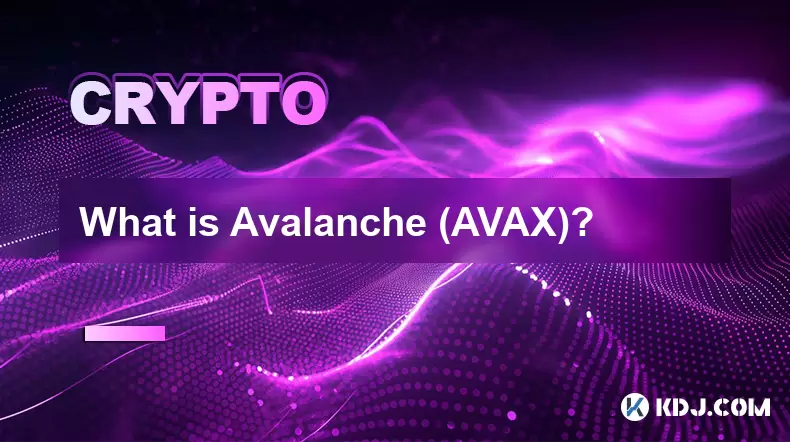
What is Avalanche (AVAX)?
Jul 22,2025 at 08:35am
What is Avalanche (AVAX)?Avalanche (AVAX) is a decentralized, open-source blockchain platform designed to support high-performance decentralized appli...
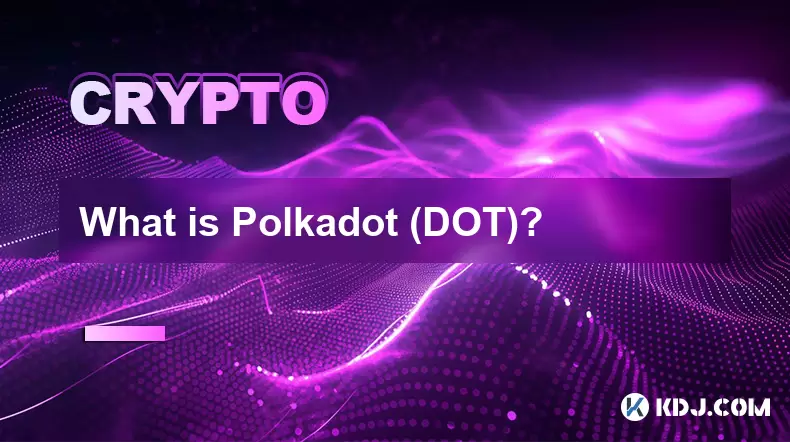
What is Polkadot (DOT)?
Jul 19,2025 at 06:35pm
Understanding the Basics of Polkadot (DOT)Polkadot (DOT) is a multi-chain network protocol designed to enable different blockchains to transfer messag...
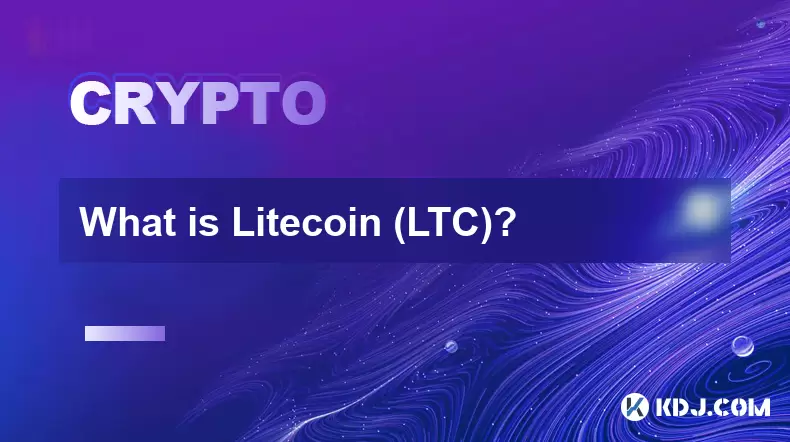
What is Litecoin (LTC)?
Jul 23,2025 at 11:35am
Overview of Litecoin (LTC)Litecoin (LTC) is a peer-to-peer cryptocurrency that was created in 2011 by Charlie Lee, a former Google engineer. It is oft...
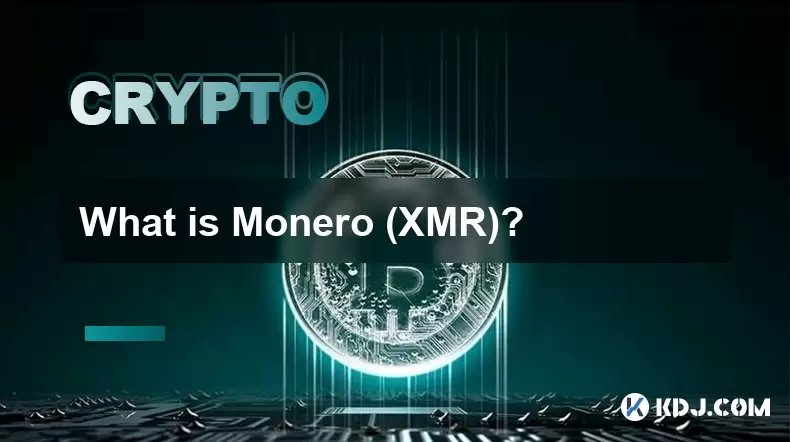
What is Monero (XMR)?
Jul 21,2025 at 10:07am
What is Monero (XMR)?Monero (XMR) is a decentralized cryptocurrency designed to provide enhanced privacy and anonymity for its users. Unlike Bitcoin a...
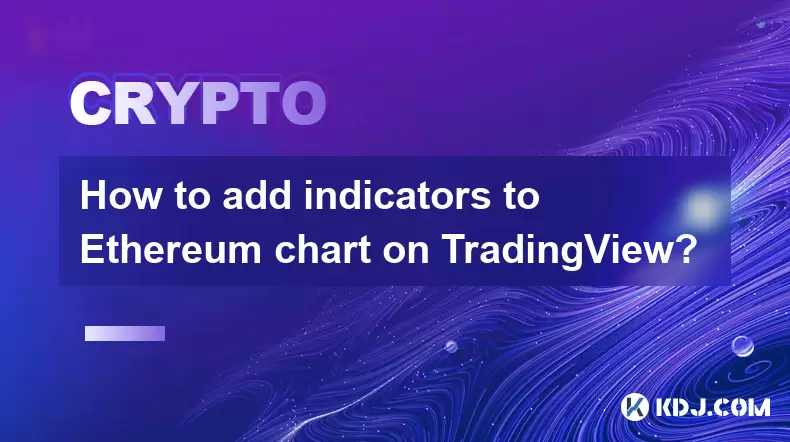
How to add indicators to Ethereum chart on TradingView?
Jul 19,2025 at 07:15am
What Is an Ethereum Chart on TradingView?The Ethereum chart on TradingView is a visual representation of the price movement of Ethereum (ETH) over a s...

What is Chainlink (LINK)?
Jul 22,2025 at 02:14am
Understanding Chainlink (LINK): The Decentralized Oracle NetworkChainlink is a decentralized oracle network designed to bridge the gap between blockch...

What is Avalanche (AVAX)?
Jul 22,2025 at 08:35am
What is Avalanche (AVAX)?Avalanche (AVAX) is a decentralized, open-source blockchain platform designed to support high-performance decentralized appli...

What is Polkadot (DOT)?
Jul 19,2025 at 06:35pm
Understanding the Basics of Polkadot (DOT)Polkadot (DOT) is a multi-chain network protocol designed to enable different blockchains to transfer messag...

What is Litecoin (LTC)?
Jul 23,2025 at 11:35am
Overview of Litecoin (LTC)Litecoin (LTC) is a peer-to-peer cryptocurrency that was created in 2011 by Charlie Lee, a former Google engineer. It is oft...

What is Monero (XMR)?
Jul 21,2025 at 10:07am
What is Monero (XMR)?Monero (XMR) is a decentralized cryptocurrency designed to provide enhanced privacy and anonymity for its users. Unlike Bitcoin a...

How to add indicators to Ethereum chart on TradingView?
Jul 19,2025 at 07:15am
What Is an Ethereum Chart on TradingView?The Ethereum chart on TradingView is a visual representation of the price movement of Ethereum (ETH) over a s...
See all articles

























































































